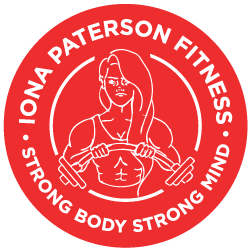Trying to decode food labels is a very difficult thing to do. Typically we will just look at the colour coding on the front of a food label to see whether it is green, orange or red to distinguish whether a food is good or bad. But is there more to understanding food labels than just that?
The reality is that the vast majority of us actually have no idea what we are putting into our bodies. And even if we do know what the packaged foods we are eating contain, we do not understand why certain foods are good and others are bad.
Nowadays there are so many conflicting opinions, and this makes it hard for us to know what is right and what is wrong. Without a personal trainer to keep you right, it can be hard to know what to do. Apparently fats are bad for us? But then so are carbs… And so is protein… So really what is there left for us to eat?
Supermarkets are now filled with low fat and sugar/calorie free options, which on first glance seem great! But in order to take something out of a product, it needs to be replaced with something else. And what if these replacing substances end up being worse for us than the original product?
For example, fat is very tasty and flavoursome, so when a company takes the fat out of a yoghurt in order to make it low fat, they have to replace it with sugar. This means that the calorie content of each yoghurt is usually quite balanced. However, fat gives us a slow release of energy and keeps us fuller for longer. Whereas sugar will give us a rush of energy, which will then drop very quickly and make us feel hungry much faster.
This could potentially result in us eating more, so is the lower fat option really worth it?
This is just one example of how the label on a food product can deceive us.
Food companies are particularly good at marketing their products to appear healthy to us, the consumer, by hiding the truths within unrealistic serving sizes and manipulative language.
Check out the infographic I made below to see what food labels are really telling us.

